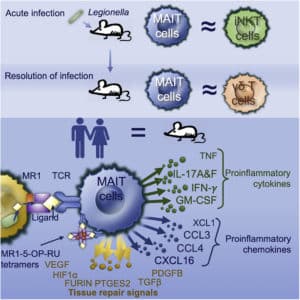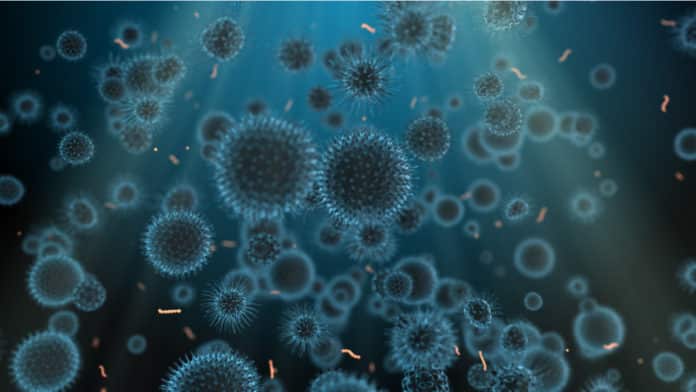Cells That Repair Tissue
A newly discovered group of cells by Oxford University researchers can help repair tissues in the body.
In the opinion of the researchers are abundant in our bodies. They could be harnessed to help heal tissues and treat diseases such as infections of the lung, the bowel or the skin
Two research team from Oxford University were investigating a kind of white blood cell called the Mucosal Associated Invariant T cells, or MAIT cells. These cells were identified a few years ago.
Cells That Repair Tissue- The New Discovery of the Function of MAIT Cells
Dr. Timothy Hinks
from the Experimental Medicine Division led one of two research groups studying these cells. He believes that MAIT cells are remarkable. They are found throughout the different tissues of our bodies. They are also ancient in evolutionary terms. MAIT cells have been found in animals as distantly related as humans, mice, and Tasmanian devils.
Dr. Timothy noted that the cells haven’t changed during evolution, suggesting that the MAIT cells play an essential role in health. In spite of having considerable knowledge about their morphology and evolutionary trends, scientists are yet to identify their crucial role in the human body.
It was first believed that the MAIT cells protect us against bacterial infections. Working in collaboration with at the University of Melbourne, the Oxford researchers have shown that MAIT cells can also protect us against viral infections like influenza.
Professor Paul Klenerman added that now the scientists have also discovered a third and potentially critical role for the MAIT cells, in repairing damaged tissue. Professor Klenerman is from the Nuffield Department of Medicine. He led the second research group.
Cells That Repair Tissue- How Do They Function?
Professor Klenerman explained that when these cells sense bacteria and are activated, they turn on genes which can drive the damaged tissue to heal itself. This may be the potential explanation for why MAIT cells have proved so crucial to animals and humans in the past.
The discovery opens up the possibility that these cells could be used in the future in new clinical therapies.
The researchers added that potentially these cells could be used to accelerate healing of wounds such as chronic skin ulcers or damaged gut in inflammatory bowel disorders, including Crohn’s Disease and Ulcerative Colitis.






























